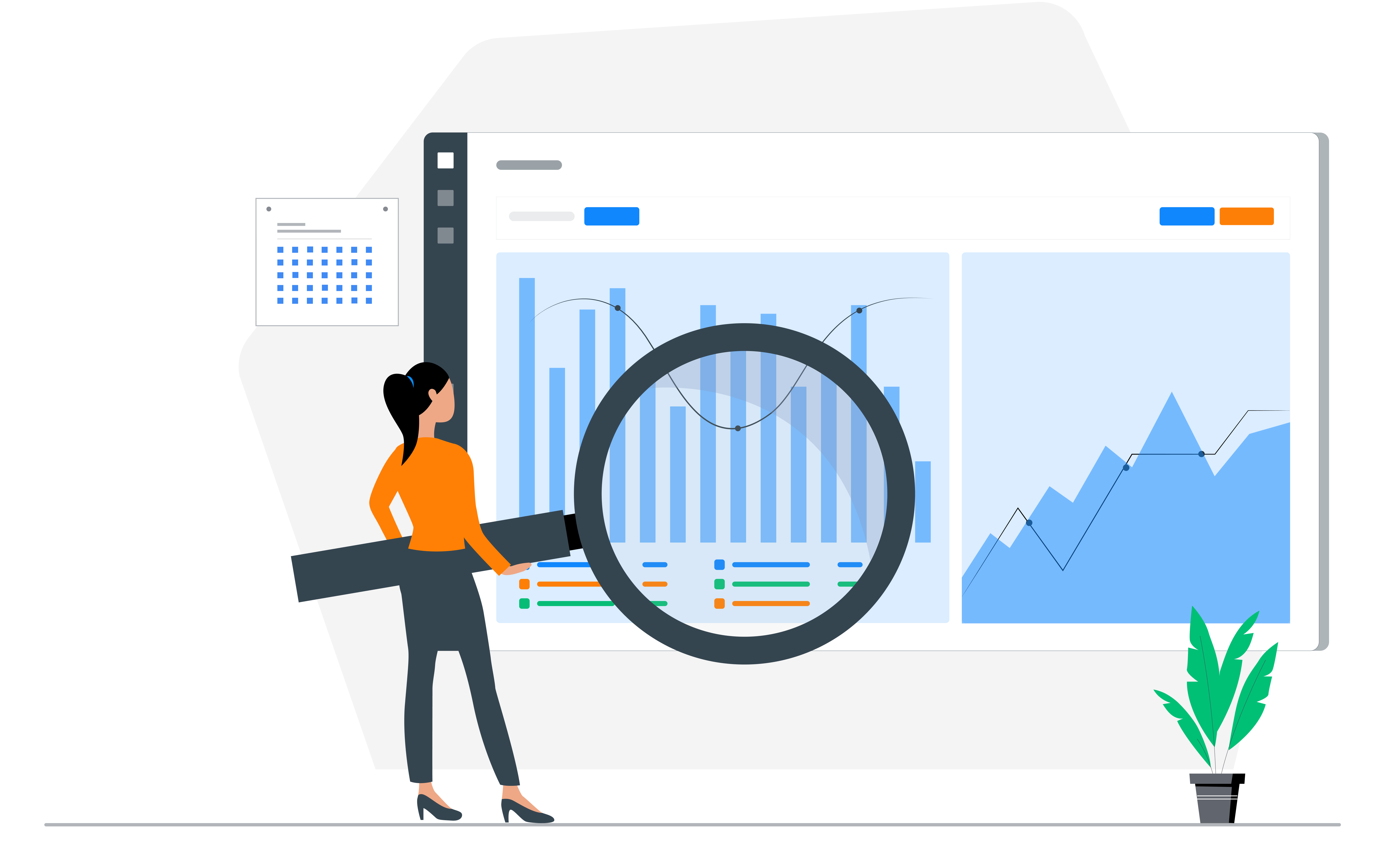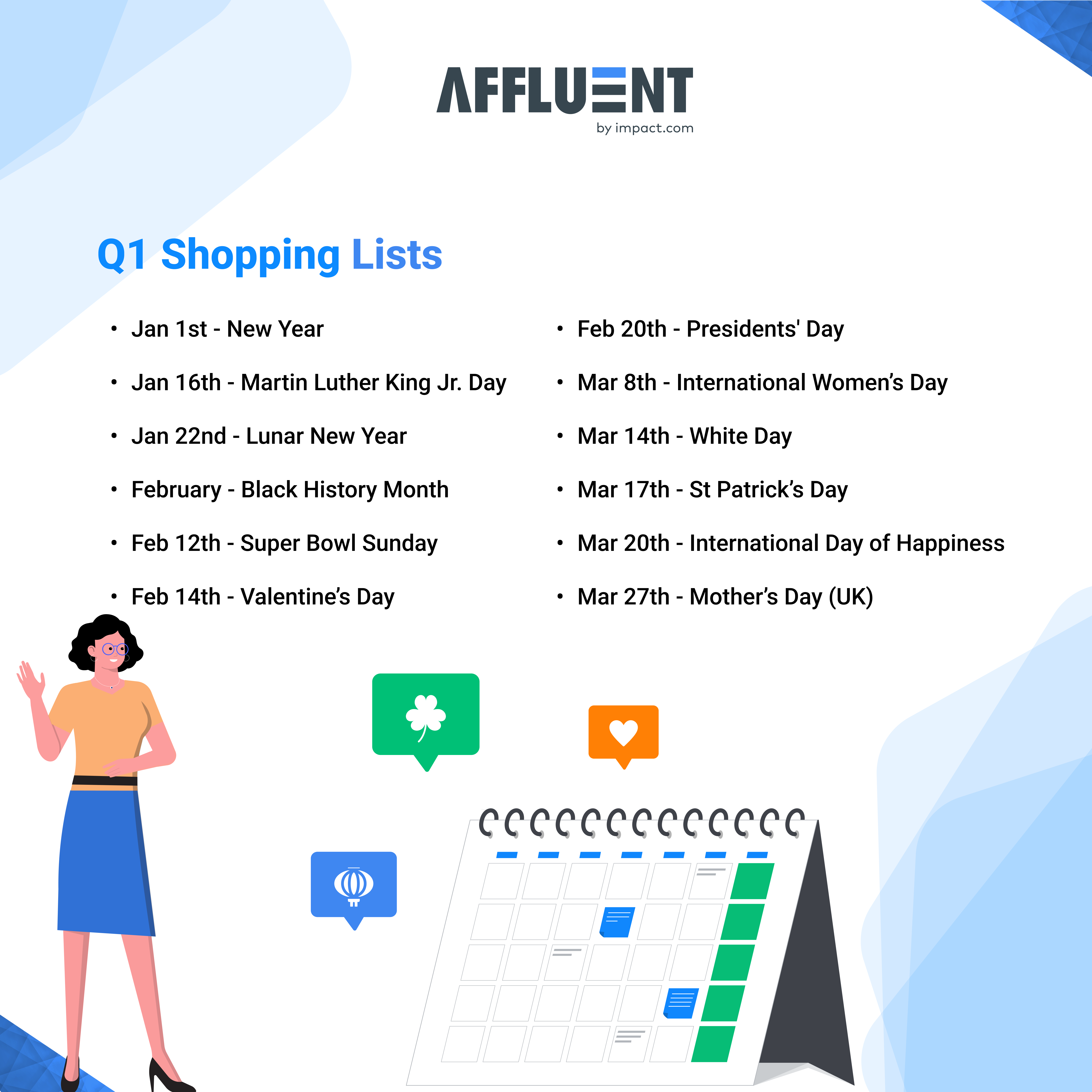
Ask the experts: How link rot affects publishers
Estimated reading time: 5 minutes
Managing a successful affiliate program is a bit like gardening. While many brands, agencies, and partners may want to set it and forget it, affiliate programs need proper maintenance to flourish. Weeds can take over and steal valuable nutrients from your plants if you let them go unchecked. In the same way, affiliate programs have their own weeds that can decrease revenue: link rot.
Link rot: The pest in every affiliate programs garden
Link rot affects everyone in the affiliate industry, whether they know it or not. For advertisers and agencies, it can lead to significant revenue loss and allow competitors to surge ahead.
But what does it mean for publishers? Hanan Maayan, CEO and co-founder of Trackonomics, answers the burning questions.

Q&A: The what, how, and why of eliminating link rot
- Q: So, let’s start with the basics, what is link rot?
Link rot is a natural phenomenon that occurs on the web. The internet is essentially a series of links directed to each other. Sometimes, those links don’t work as expected or have stopped working. The result is that a person clicks on a link that does not direct to the destination they expected.
- Q: Okay, now we know what link rot is, what causes link rot to happen?
The affiliate industry has two widespread reasons for link rot:
Reason number one is due to an advertiser changing their affiliate network. When brands work with affiliate networks, each link has a specific structure so that the network can track the referral traffic and resulting conversions. When brands change affiliate networks, any links associated with the old network stop working. The brand may work with the same publisher partners, but links tied to the old affiliate network are now broken and don’t take site visitors to the desired destination.
The second widespread example of affiliate link rot is specific to retail. When products are out-of-stock, or an offer expires, that causes link rot. Retail moves quickly, especially with categories like consumer electronics and fashion. Products can become out of stock in a few hours. Deep-linking to a specific product no longer in supply means that the publisher just sent precious traffic to a product the consumer can no longer purchase.
- Q: And why is link rot an issue for publishers?
Link rot means that the traffic you want to send to your advertiser partners never reaches the correct pages on an advertiser’s website. Every dead link represents lost revenue because the customer can’t make the purchase. It’s also a bad customer experience for your site visitor, who may not want to click affiliate links on your site anymore.
- Q: How big of a problem is link rot for the affiliate industry? Do you have any numbers?
At Trackonomics, we find that about 12 percent of links are broken for most publishers. In cases where publishers’ affiliate programs are heavy on retail, that can grow to 15 or 16 percent. Factoring in the number of publishers actively participating in affiliate programs means there could be more than 100 million broken links across the affiliate marketing industry.
Despite its prevalence, link rot remains a silent killer. Publishers assume most of their traffic will click affiliate links that work, conversions will happen, and everything will proceed as planned. But the aggregate loss caused by link rot is enormous.
- Q: If link rot’s an issue for affiliate publishers, it must also be a problem for advertisers, right?
Link rot is absolutely a problem for advertisers because it creates an extraordinarily frustrating user experience that can result in revenue loss. If a customer really wants to buy something, and they click a link to find that the product is out-of-stock, they will likely turn to the closest competitor. Not only is that a loss of income from the sale, but it’s the loss of a customer to a competitor. The advertisers may have lost them forever due to one bad link.
- Q: What resources are advertisers putting into preventing link rot?
Advertisers have become more aware of link rot over the past two years. Some are working with Affluent to scan their affiliate links, find out how significant the problem is, and then fix it.
The other way that advertisers can prevent link rot is by investing more in their product feeds. Many brands don’t maintain proper hygiene standards on their product feed. As a result, the feeds become outdated — creating problems for publisher partners.
- Q: How can publishers prevent or limit link rot from occurring in the first place?
Knowing you have link rot is one thing, but fixing it is more important. Link rot is cured by turning broken links into healthy, functioning, up-to-date links. Some larger publishers have implemented a function inside their organizations responsible for managing link rot using Trackonomics’ Link Monitoring and Intelligence tool. These are publishers who realized they were losing thousands of dollars a month and want to find broken links and actually fix them.
Another interesting strategy sophisticated publishers deploy is sending traffic to nonspecific pages. Instead of sending traffic to a specific item page, the link will direct the consumer to a search page with that product amongst other similar results, or to an advertiser’s homepage. Doing so significantly reduces the possibility of a potential consumer landing on an out-of-stock product page.
- Q: What is deep linking, and how does it relate to link rot?
Deep linking provides a direct link to a product page inside an advertiser’s website. These affiliate links deliver the best customer experience because they take the consumer directly to the product they’ve just read about or seen reviewed, rather than push them to search for a product. However deep linking can lead to link rot if the product has sold out or the link refers to an expired offer.
- Q: We know that avoiding deep linking is a way to prevent broken links, but deep linking is often unavoidable for affiliates. What advice do you have?
When deep linking is unavoidable, the best strategy for publishers is to include links to multiple affiliate partners on their site. Adding links to the same product on several sites increases the chance that at least one retailer will have the product in stock.
- Q: What advice do you have for the affiliate industry in general to avoid link rot?
Publishers and brands should make link rot management part of their weekly routine. Both parties can use link scanners to ensure the health of their links. Remember, this isn’t just about new content, either. Make sure the links are working correctly on evergreen content (content that resonates with audiences over time, like a buyer’s guide).
Managing link rot is also more critical for the times of the year when your site will push a lot of affiliate links. Valentine’s Day, Mother’s Day, Father’s Day, back to school, and the holiday seasons are all critical times. No publisher wants to lose 15 percent or more of their revenue for those big spending holidays. Scan regularly and update as needed.
Get your affiliate program to flourish with the right technology
Much like maintaining a delicate bed of flowers, you need the right tools to keep your affiliate program blooming every season. A great solution is Affluent, affiliate marketing’s only tool that helps advertiser and agency teams eliminate link rot, automate competitive intelligence, and optimize program performance. Stop link rot right in its tracks and harvest the fruits of your successful affiliate program today.
Want to learn how you can eliminate link rot? Contact Affluent now to get started.


